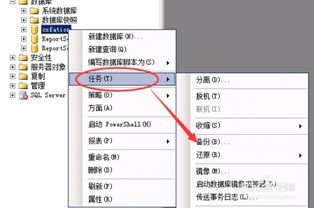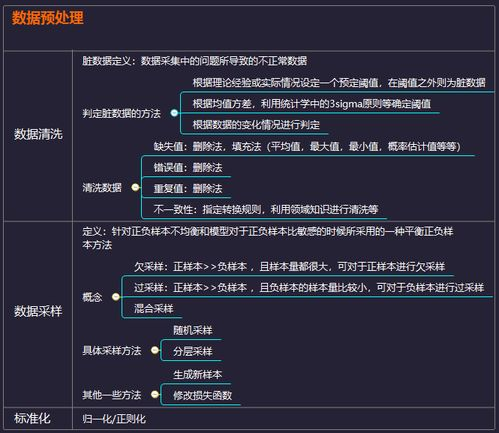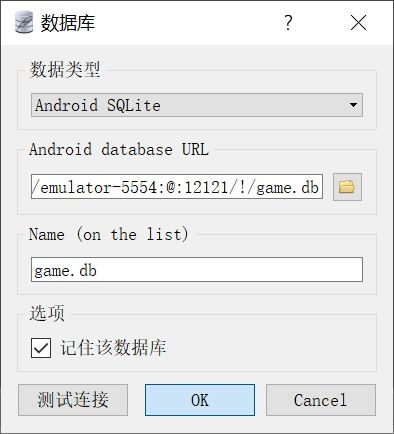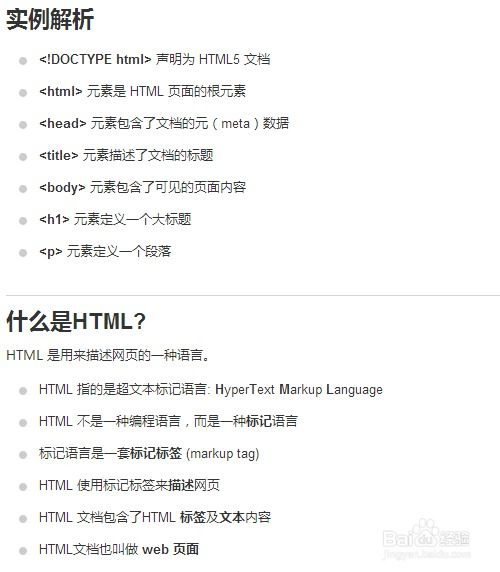ASP.NET Frontend JavaScript Acquire Local IP Address
Understanding Local IP Address
When working on web applications, retrieving the user's local IP address can be crucial for implementing various features, such as customizing user experience or enhancing security. The local IP address is the network address assigned to a device within a private local area network (LAN). However, due to browser security policies, directly accessing the local IP address is somewhat restricted.
Using WebRTC to Get Local IP Address
One commonly used technique to acquire a local IP address is through WebRTC, a technology facilitating real-time communication in web browsers. To get the local IP address using WebRTC, developers must create an RTCPeerConnection instance. Here’s how to implement it:
Firstly, create a function that initializes the peer connection and gathers the local IP:
function getLocalIP(callback) {
const rtc = new RTCPeerConnection({iceServers: []});
rtc.createDataChannel('test');
rtc.createOffer()
.then(offer => rtc.setLocalDescription(offer))
.catch(err => console.error('Error creating offer:', err));
rtc.onicecandidate = (ice) => {
if (ice && ice.candidate && ice.candidate.candidate) {
const candidate = ice.candidate.candidate;
const localIP = candidate.split(' ')[4];
callback(localIP);
rtc.close();
}
};
}
This function establishes a peer connection, creates a data channel, and generates an ICE candidate to extract the local IP address when the `onicecandidate` event is triggered. You can utilize this function within your ASP.NET frontend to get the user's local IP.
Integrating with ASP.NET Frontend
To display the local IP address in an ASP.NET web application, you can invoke the `getLocalIP` function and update an HTML element. Below is an example of this integration:
// HTML Element
// JavaScript Integration
getLocalIP((ip) => {
document.getElementById('ipDisplay').innerText = `Your local IP address is: ${ip}`;
});
In this example, the local IP address obtained from the `getLocalIP` function is shown in the `div` element with the id `ipDisplay`.
Conclusion
Acquiring a local IP address in an ASP.NET frontend application using JavaScript can be accomplished efficiently with the help of WebRTC. This method circumvents some browser restrictions regarding access to local network information. It's crucial to remember that this functionality may not work in all browsers due to varying support for WebRTC.
In summary, this article detailed the methodology for retrieving a local IP address within an ASP.NET frontend using JavaScript. We explored the use of WebRTC, provided code examples, and discussed integration into ASP.NET applications, equipping you to enhance your projects with this valuable functionality.





